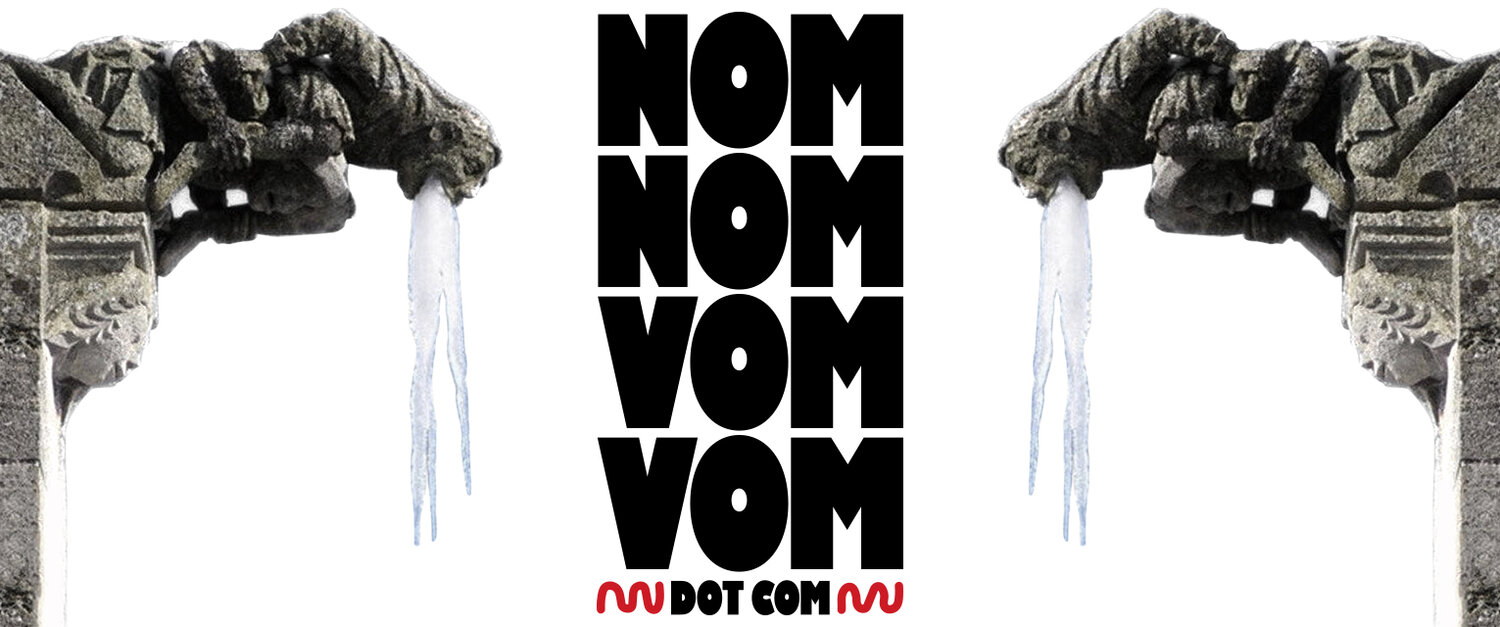On cleaning reusable water bottles
What are best practices to keep reusable water bottles sanitary?
Any reusable water bottle that sees consistent action will develop a faint odor after many refills. Inevitably there’s a point when you can’t in good conscience refill it until you vanquish that stank. So what should you do?
If you routinely put other beverages in your water bottle, proceed to step one. If not, skip to step two.
Wash it: If your bottle has a narrow mouth, try using tongs to grasp a soapy sponge. Lower the tongs into your water bottle and scrub away! Rinse it out with clean water.
Sanitize it: This will leave your water bottle smelling fresh and brand new. Here’s how:
Bleach is nirvana
Make a sanitizer solution out of bleach and water. Use ¾ teaspoon of bleach per quart (32 oz) of water. (Trust me, there’s no reason to use more bleach than this. This amount will work and it won’t stain anything or hurt your hands)
Pour some solution into the water bottle.
Put the lid on and shake it up so that all surfaces contact the sanitizer.
Pour out the sanitizer and splash some across your bottle’s outside surfaces and the lid, too.
Let your bottle air-dry.There’s no need to rinse off the sanitizer—the bleach will quickly evaporate on its own. But if you do want to rinse it out, wait 60 seconds so the sanitizer can do its magic.
Now give your water bottle a whiff: Ahhhh! Drinking from a freshly sanitized bottle is every bit as good as climbing into new sheets. Cherish the moment.
Last thing: you can use this same process to revive flower vases, food storage jars or any other reusable food vessels that start to get funky.
+++++
On cutting boards
Cutting boards: what's the deal? Are wood ones really OK? Do I need 3 separate plastic ones for different food items, to be replaced when the number of knife cuts exceeds the area of smooth surface? Am I supposed to bleach them or just wash with soap and hot water?
I eat meat but mostly cook vegetarian so I’m unclear if this negates the need for extreme bleaching/multiples. Help! & thank you.
I understand your confusion. When I ran a food processing plant, the NYC Health Department chided our use of both plastic and wood cutting boards. Apparently our plastic ones were too worn out and the wooden ones didn’t have the right type of finish. If you try to cut vegetables in midair they don’t like that either.
In a Health Inspector's ideal world, every restaurant would have an array of plastic cutting boards color-coded to correspond with a specific food: red for raw meat, blue for seafood, green for vegetables. It would, in theory remind even the dumbest chef not to slice a kiwi on the same board he just used to scale a fish. This system makes sense in a food-processing environment with the capacity to feed (or sicken) thousands of people at a time. But you don’t need color-coordinated cutting boards in your home. I only have one cutting board in my home kitchen. It is wood.
Although plastic may seem more “sterile” wood cutting boards are slightly safer. Since trees can’t move, their evolutionary defenses are largely chemical. Wood is loaded with antibacterial and antiviral properties that helps protect trees from disease. Conveniently for us, these defenses remain intact when the tree is mercilessly reduced to a cutting board.
The drawbacks are that wood cutting boards may become warped in the dishwasher and they can get moldy if they’re not properly dried. I still prefer wood over plastic. It’s fun to watch the wood age and thin as millions of knife strokes pass across it.
Here’s what I suggest. If you use a cutting board for raw meat or seafood, put on a kettle of boiling water. As soon as you’re done cutting the food, throw the cutting board in the sink and dump the boiling water on it (might as well throw your knives and tongs in, too). The boiling water will sanitize your board on contact, slaying any lurking pathogens. Now you can immediately reuse the cutting board to slice lemons or whatever without fear of poisoning yourself.
As for knife marks: Over time, the knife marks in a cutting board create deeper and deeper grooves. And yes, those crevices can harbor bacteria growth. If you notice that your older cutting boards have become permanently stained with green and brown hues across the middle, this is the reason. Before dumping the board, try the boiling water method. If that fails, and the board is wood, you can sand it down to re-smooth the surface. Or just chuck it and get a new one.
+++++
On expired buttermilk
I made pancakes this morning with buttermilk that's been open for several weeks and has a "best by" date of over a month ago. The buttermilk didn't smell any weirder than usual and I am not dead yet. Will I be dead later? And should I get rid of the remaining buttermilk?
My stepmom used to keep buttermilk for months after the best-by date. I distinctly remember the rancid smell and the bloated carton in the back of the fridge. She probably took it too far but the pancakes were fire and no one died.
Buttermilk is probiotic which means it is both trendy and exceptionally safe to eat. As buttermilk ferments, the “good bacteria” creates an increasingly hostile environment for the kind of bacteria that will make you vom vom. It’s probably more apt to compare buttermilk to something like yogurt or pickles than to regular milk. In other words, you’re right to look past the expiration date and use your nose.
Remember, best-by dates aren’t an indication of when the food goes bad. Instead, those stamps are meant to show the last day that the buttermilk will be at peak quality. But why let the manufacturer decide what’s good enough for you? Your pancakes, your rules.
I sincerely doubt that your last batch of pancakes or the next few will make you die. If your buttermilk starts smelling weirder than it usually does — you will know — then toss it out. Until then: buttermilk pancakes!
+++++
On leftovers going bad
How long would you eat leftovers that have been properly stored in your fridge? Like if you had a roast chicken or something at what point would you stop eating it?
That leftover roast chicken hit different. I’ll tear a hunk of white meat from the carcass with my grubby fingernails and toss it back before the chill from the fridge even reaches me.
To answer your question: I keep leftovers for 1 week. I don’t even have to caveat that recommendation because you already qualified these leftovers as “properly stored”. I like you. Please submit more questions.
If you think that’s too long to be eating leftovers, consider this: “1 week” is the official rule for how long New York delis can store prepared food (e.g. leftovers) before they have to stop selling them. If the state health agency says “7 days” then you can be assured that they’re erring on the safe side. You can also be assured that delis are erring on the negligent side. What I’m trying to say is that the meatballs in your corner-store meatball sub are no less than 7 weeks old. Maybe you should stick with higher-turnover sandwich meats.
Be like Homer. Reheat your leftovers until they are stupid hot.
What’s important with leftovers is that your fridge is cold enough (< 41º F). It’s also a good idea to heat leftovers until they’re piping hot but I don’t always take this advice, especially when it comes to roast chicken.
+++++
On cutting off the moldy parts
What's the deal with cutting mold off stuff? Is the rest of the item tainted or perfectly fine to eat?
Molds aren’t universally dangerous, but there are a few types that can cause serious problems. For this reason, we are told to categorically dispose of moldy food. Here is some mold protocol:
First, don’t huff the fuzz. Certain molds can fuck up your lungs bad enough that you shouldn’t even try to do a quick smell-check. If you see a delicate carpet growing on your leftovers then it’s definitely mold. Trust your eyes and avoid inhaling the spores.
Sometime I forget to check for mold
Second, don’t eat the fuzz. Food-mold can produce gnarly toxins — among them an aflatoxin called “AFB”, the most potent natural carcinogen (!) known to man. Wide-scale mold-related poisoning is very rare in the US because everyone knows not to buy moldy food, which means that moldy ingredients get filtered out along the supply chain. But food can become moldy under your care: jam, salsa, leftovers, baked goods, soft cheeses. In that case, toss it.
Third, You should always avoid moldy nuts, which are most likely toxic. (“That’s what she said” etc.)
Fourth, if you live dangerously and REALLY want to eat moldy foods, there are a few you can salvage. It is safe to cut mold off of “hard” fruits and vegetables (e.g. carrots, cabbage, bell peppers) as well as any “hard” foods that were moldy to begin with (cheese, salami). Dense foods make it harder for the mold to permeate past the surface, making it feasible to surgically remove the blight.
+++++
On cracked eggs
If I get a dozen eggs and there’s a small crack / dent in one of them, can I still eat it?
Eggs can be dangerous
Don’t eat cracked eggs. Any fissure in the shell is a portal for bacteria to get into the egg. The only exception is if you’re positive that you cracked one of the eggs yourself (e.g in your bag on the way home from the store). In that case, break the cracked egg into a bowl, cover it, and use it within the next few days.
As for dented eggs, where did you get a dented egg?
+++++






